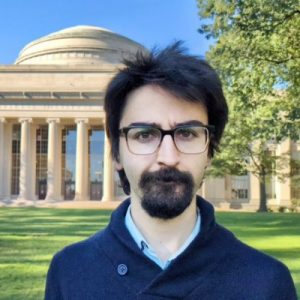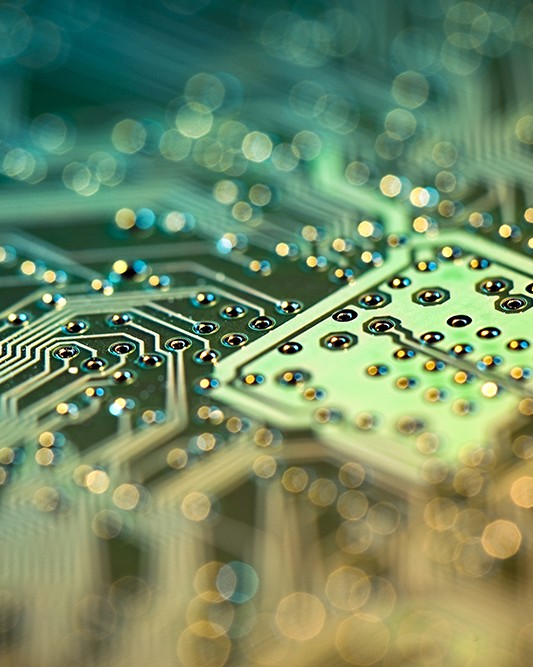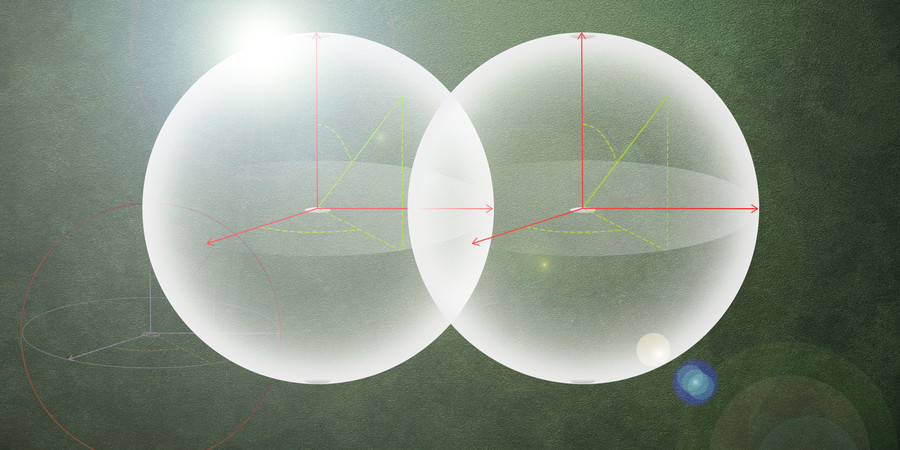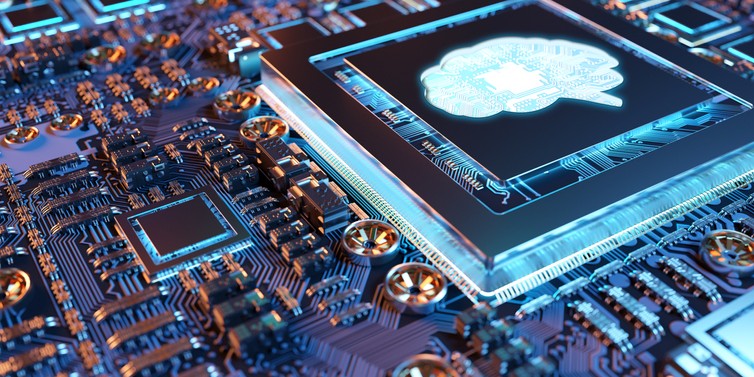Monday, April 11, 2022 | 10:00am ET
Speaker: Murat Onen, MIT PhD Candidate
Download Materials:
- Click here to download a pdf of Murat Onen’s thesis, “Devices and Algorithms for Analog Deep Learning.”
- Click here to download “Nanosecond protonic programmable resistors for analog deep learning,” published in Science.
View Recorded Lecture:
Abstract: Efforts to realize analog processors have skyrocketed over the last decade as having energy-efficient deep learning accelerators became imperative for the future of information processing. However, the absence of two entangled components creates an impasse before their practical implementation: devices satisfying algorithm-imposed requirements and algorithms running on nonideality-tolerant routines. This thesis demonstrates a near-ideal device technology and a superior neural network training algorithm that can ultimately propel analog computing when combined together. The CMOS-compatible nanoscale protonic devices demonstrated here show unprecedented characteristics, incorporating the benefits of nanoionics with extreme acceleration of ion transport and reactions under strong electric fields. Enabled by a material-level breakthrough of utilizing phosphosilicate glass (PSG) as a proton electrolyte, this operation regime achieves controlled shuttling and intercalation of protons in nanoseconds at room temperature in an energy-efficient manner. Then, a theoretical analysis is carried out to explain the infamous incompatibility between asymmetric device modulation and conventional neural network training algorithms. By establishing a powerful analogy with classical mechanics, a novel method, Stochastic Hamiltonian Descent, is developed to exploit device asymmetry as a useful feature. Overall, devices and algorithms developed in this thesis have immediate applications in analog deep learning, whereas the overarching methodology provides further insight for future advancements.

Speaker Bio: Murat Onen is an MIT PhD candidate, research scientist, inventor, and entrepreneur. Onen has produced work resulting in several patents and patent applications, as well as numerous journal and conference publications. His research has spanned several areas including: CMOS-compatible nanoprotonic devices, analog architectures, superconducting nanowire-based devices, and convolutional neural networks.
Explore
MIT Engineers Advance Toward a Fault-tolerant Quantum Computer
Adam Zewe | MIT News
Researchers achieved a type of coupling between artificial atoms and photons that could enable readout and processing of quantum information in a few nanoseconds.
The Road to Gate-All-Around CMOS
Monday, April 14, 2025 | 10:00 AM to 11:00 AM
In-Person
Haus Room (36-428)
50 Vassar Street Cambridge, MA
2025 MIT AI Hardware Program Annual Symposium
Monday, March 31, 2025 | 10:00 AM - 3:30 PM ET
Multiple Speakers




